Instruments and Equipment in the Teaching Labs
Organic Lab Equipment
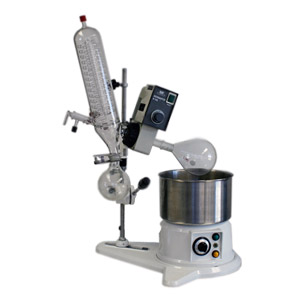
- Instrument: Buchi Rotavapor R110
- Contact: Dr. Terry Bone, tbone@mst.edu
- The Rotavapor R-100 is a rotary evaporator with the aid of which single-stage distillation can be carried out quickly without unduly stressing the product. The basis of the process is the evaporation and condensing of solvents using a rotating evaporating flask under vacuum. Distillation under vacuum increases capacity and is more gentle on the product.
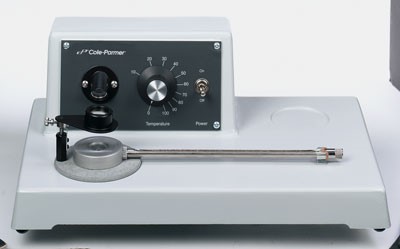
- Instrument: Fisher-Johns Melting Point Apparatus
- Contact: Dr. Terry Bone, tbone@mst.edu
- Determine the melting point of solid chemical compounds without loading samples into fragile capillary tubes. Apparatus is simple to operate — a few crystals of sample are placed on an 18-mm cover glass; a second glass covers the sample. The cover glasses and sample are then placed on the heating stage. The melting point is reached when small drops of liquid appear on the cover glass.
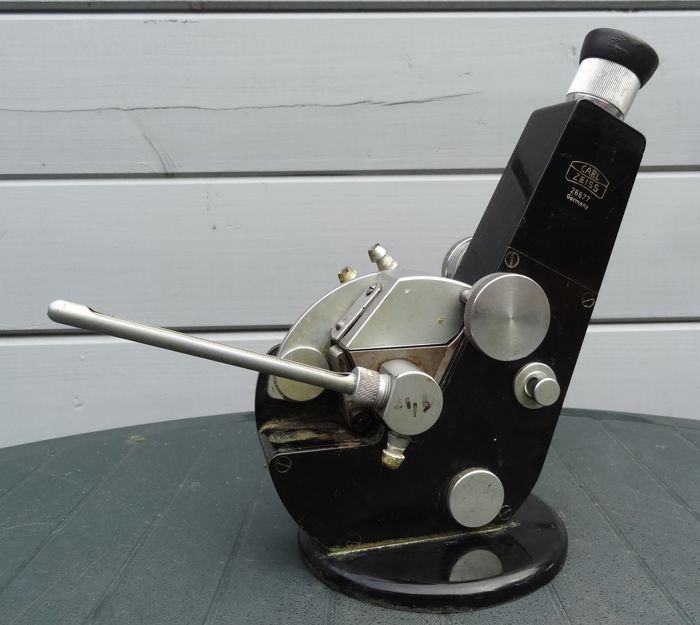
- Instrument: Carl Zeiss 51865 Abbe Refractometer
- Contact: Dr. Terry Bone, tbone@mst.edu
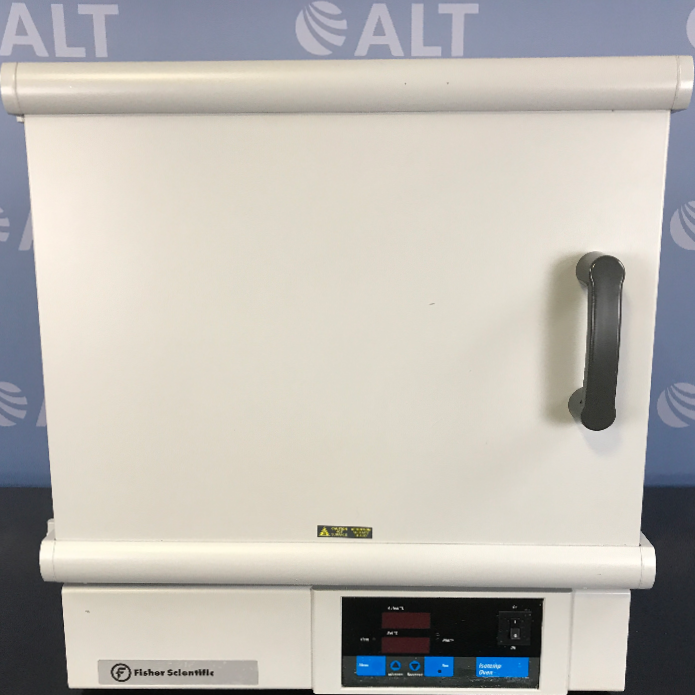
- Instrument: Fisher Isotemp Drying Oven 825F
- Contact: Dr. Terry Bone, tbone@mst.edu
- This instrument provides accurate, efficient heating for routine lab procedures via gravity flow convection. Interior outlet for stirrer, shaker, or other instrument. Operating range from 50°C to 325°C with 1°C resolution and ±2°C temperature uniformity. Features microprocessor control and low-maintenance inner and outer doors.
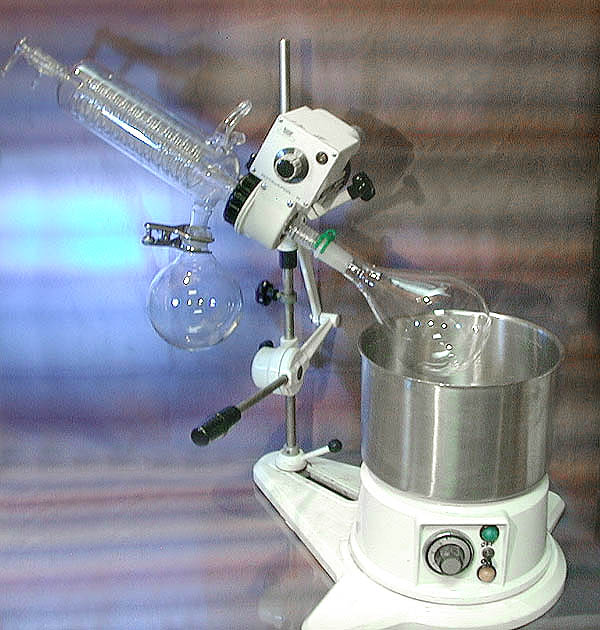
- Instrument: Buchi Rotavapor R
- Contact: Dr. Terry Bone, tbone@mst.edu
- For small quantities the principle of rotary evaporation is the most widely used. The rotary evaporator separates materials gently, quickly and economically. Its rotating flask produces a very effective transfer of heat, whilst ensuring thorough mixing and avoiding local overheating of the contents.

- Instrument: NAPCO 5851 Vacuum Oven
- Contact: Dr. Terry Bone, tbone@mst.edu
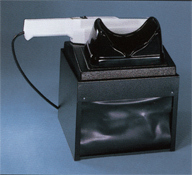
- Instrument: TLC Blacklight Viewing Chamber UVP C-10E4
- Contact: Dr. Terry Bone, tbone@mst.edu
- Mini Chromato-Vue Viewing Cabinets provide a compact darkroom environment for viewing materials. All cabinets feature a contrast control filter that absorbs UV energy to protect the eyes. This specific model utilizes UVP Model UVGL-58 254/366 nm as a light source.
Analytical Lab Equipment
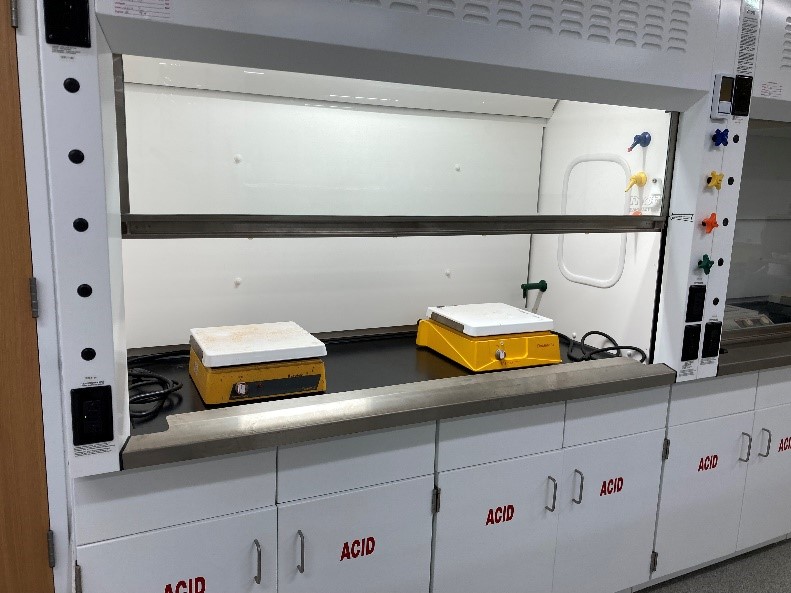
- Instrument: 4 Fume Hoods and 8 Hotplates
- Acquisition: 2019 Complete Teaching Lab Renovation
- Location: Schrenk Hall 141
- Contact: Dr. Paul Nam, nam@mst.edu
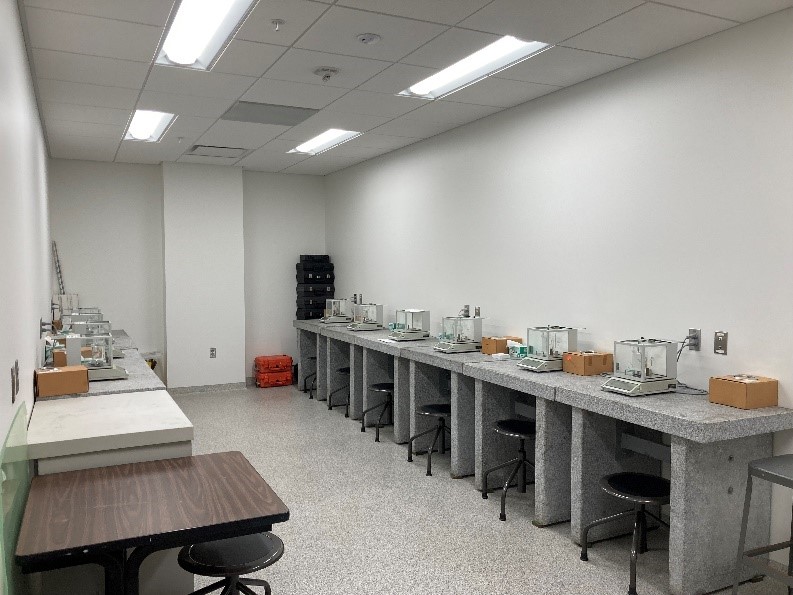
- Instrument: 10 Mettler AJ100 Analytical Balances
- Location: Schrenk Hall 141A
- Contact: Dr. Paul Nam, nam@mst.edu
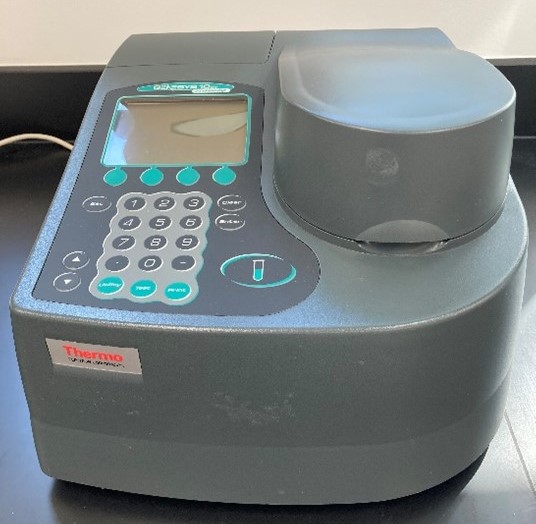
- Instrument: Thermo Genesis 10 UV/Vis Scanning Spectrophotometer
- Acquisition: 2015, Paul Nam’s research fund
- Location: Schrenk Hall 141
- Contact: Dr. Paul Nam, nam@mst.edu

- Instrument: Precision Thelco Laboratory Oven
- Acquisition: 2015, Paul Nam’s research fund
- Location: Schrenk Hall 141
- Contact: Dr. Paul Nam, nam@mst.edu
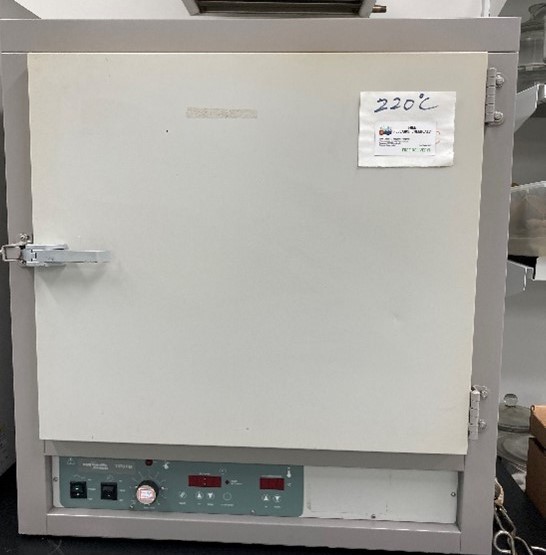
- Instrument: VWR Scientific 1370 FM Laboratory Oven
- Acquisition: 2015, Paul Nam’s research fund
- Location: Schrenk Hall 141
- Contact: Dr. Paul Nam, nam@mst.edu

- Instrument: Fisher Scientific Isotemp 500 series Laboratory Oven
- Acquisition: 2015, Paul Nam’s research fund
- Location: Schrenk Hall 141
- Contact: Dr. Paul Nam, nam@mst.edu
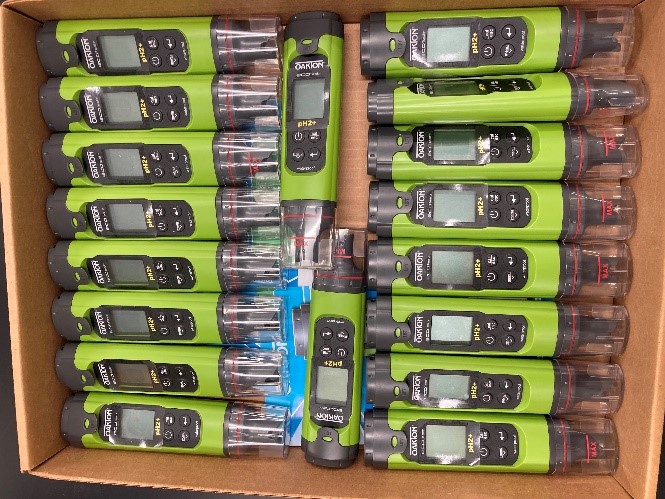
- Instrument: 18 pH Meters
- Location: Schrenk Hall 141
- Contact: Dr. Paul Nam, nam@mst.edu
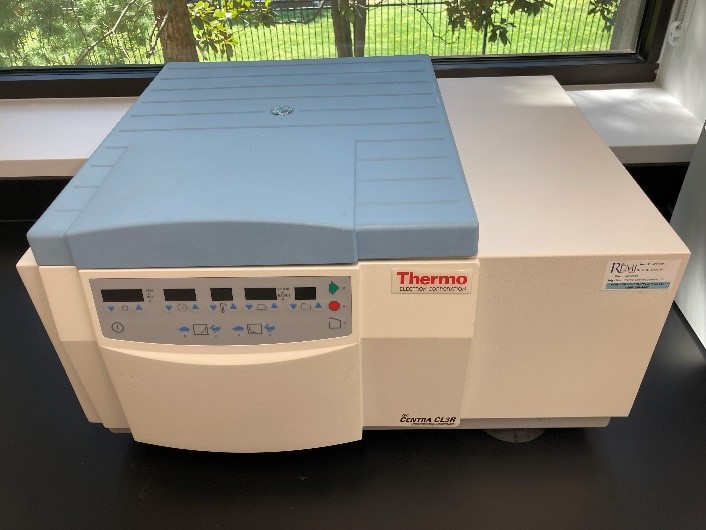
- Instrument: Thermo IEC Centra CL3R Refrigerated Centrifuge
- Acquisition: 2015, Paul Nam’s research fund
- Location: Schrenk Hall 141
- Contact: Dr. Paul Nam, nam@mst.edu
Biochemistry Lab Equipment
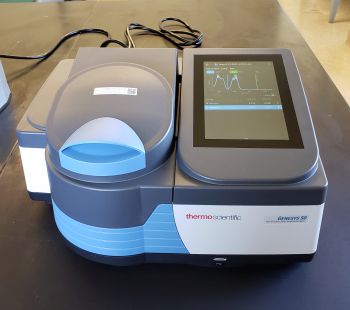
- Instrument: Genesys 50 UV-Vis Spectrophotometer
- Acquisition: FS2021
- Location: Schrenk Hall 313, Biochemistry Lab
- Contact: Dr. Risheng Wang, wangri@mst.edu (secondary Mr. Dave Satterfield, davesat@mst.edu)
- Dual beam UV-Vis spectrophotometer, single cell configuration. Measures Absorbance, % Transmittance and Concentration at a single wavelength or full range scan. 7” touchscreen interface. USB data transfer. Light source: Xenon flash lamp; Wavelength range 190 – 1100 nm (± 2 nm). Photometric range: -3A to +3.5A
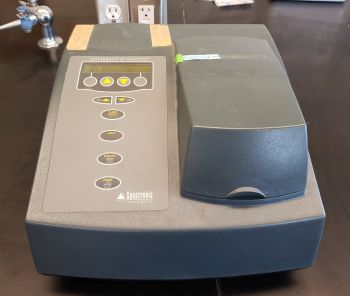
- Instrument: Spectronic 20 Genesys
- Acquisition: Spectronic 20 Genesys
- Location: Schrenk Hall 313, Biochemistry Lab
- Contact: Dr. Risheng Wang, wangri@mst.edu (secondary Mr. Dave Satterfield, davesat@mst.edu)
- Single beam visible spectrometer. Tungsten-Halogen light source. Measures Absorbance, % Transmittance and Concentration at a single optical wavelength. Spectral range 325 – 1100 nm (± 2 nm). Measurement range 0 – 2.5 A (± 1%); 0 – 125% T; 0 – 1999C
General Chemistry Lab Equipment

- Instrument: Cole-Parmer Symmetry Toploading Balance
- Acquisition: FS 2018
- Location: Schrenk Hall 201 & 212
- Contact: Dr. Klaus Woelk, woelk@mst.edu (secondary Mr. Dave Satterfield, davesat@mst.edu)
- Basic weighing functions. Can be displayed in a variety of units. Capacity 100g. Readability 0.001g. Repeatability 0.002g. Stabilization time 3s; stability indicator.
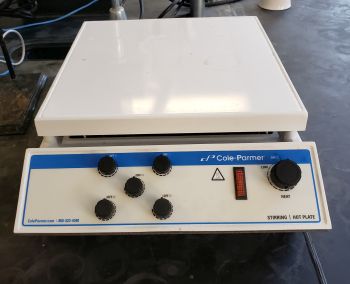
- Instrument: Cole-Parmer 5-position stirring hotplate (EW-51450-71)
- Acquisition: FS 2018
- Location: Schrenk Hall 201 & 212
- Contact: Dr. Klaus Woelk, woelk@mst.edu (secondary Mr. Dave Satterfield, davesat@mst.edu)
- Five position stirring hotplate. Single temperature top, individual stirring controls. Heated Ceramic top. Minimum temperature: 100 C. Maximum temperature: 450 C. Stirring controls: Minimum 100 rpm, Maximum 1500 rpm. Maximum load capacity 18 kg (40 lb).
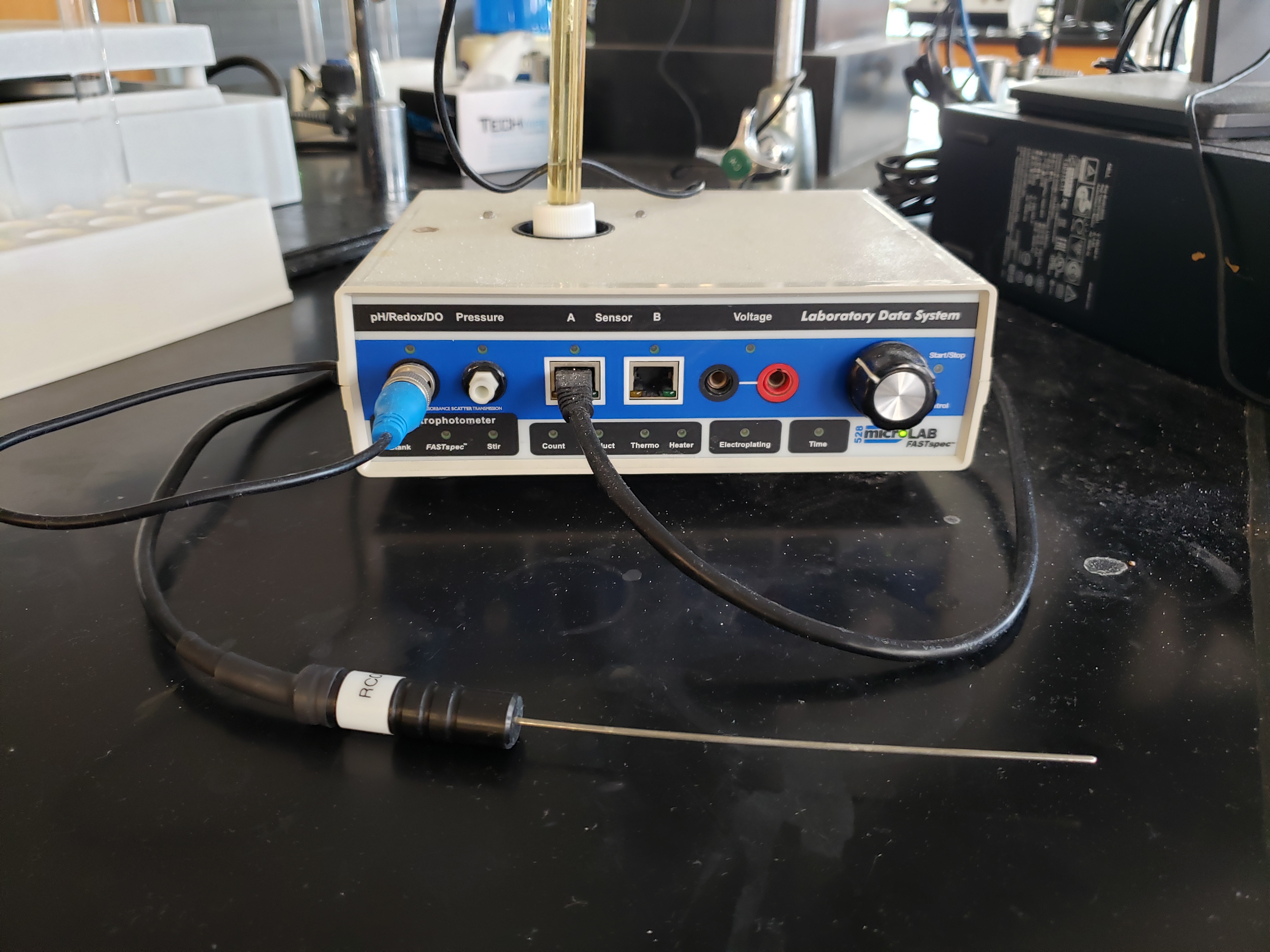
- Instrument: microLAB 528 Lab Data System/Interface
- Acquisition: 2016
- Location: Schrenk Hall 201 & 212
- Contact: Dr. Klaus Woelk, woelk@mst.edu (secondary Mr. Dave Satterfield, davesat@mst.edu)
- microLab FS-528 Interface with conductivity, pH, thermistor and voltage probes. See more info here.

Follow Chemistry